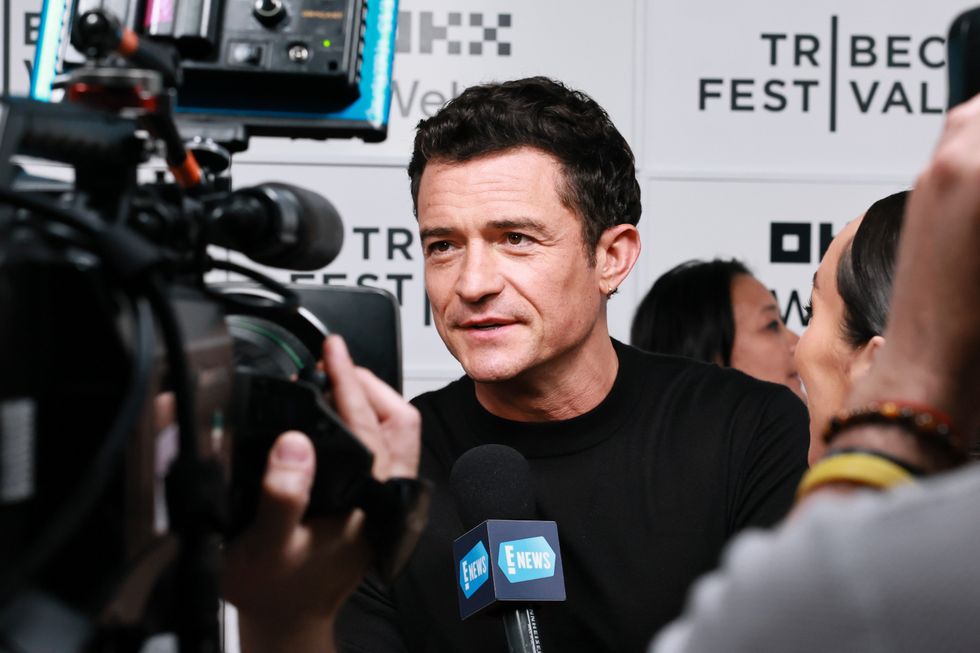By: Mohnish Singh
As technology and social media democratise the music industry all over the world, music videos continue amassing huge viewership. One Hindi song that currently seems to be on everybody’s lips these days is ‘Bedard,’ featuring television star Hina Khan and actor Sapan Krishna.
Sung by Stebin Ben, the soulful song is set to clock 25 million views within days of release and actor Sapan Krishna is utterly elated. “The amount of love we are getting from people as well as media is beyond incredible. I feel like being on top of the world right now,” he tells Eastern Eye as we connect with him for a candid conversation.
Your single ‘Bedard’ has been topping the charts ever since it came out a couple of days ago. How are you feeling right now?
From the very start, we knew that ‘Bedard’ was a special song that would develop an instant connect with the audience. The amount of love we are getting from people as well as media is beyond incredible. I feel like being on top of the world right now.
How did you manage to land the music video?
The director duo Deepak Chaudhary and Ravi Anand knew me well as we had worked together on one of my earlier film assignments. They approached me for the role of Ranvijay and it progressed from there.
When you were working on the song, did you have any inkling that it would turn out to be such a huge hit?
Like I said, there are some projects and people that give you a positive vibe from the very start. We always knew that ‘Bedard’ was special and people would love it once it releases. But to be honest, I did not foresee such a phenomenal response.
What, according to you, made ‘Bedard’ become such popular among the audience? What worked in favour of the song?
If I think of it, there are various things that came together to form a beautiful synergy and made ‘Bedard’ what it is. The story is presented in a magnificent way, the music is very captivating and Stebin Ben’s soulful voice created magic. And not to forget, Hina Khan who is already a megastar, added immense grace to the video.
Having crackling chemistry between the lead pair is of utmost importance in music videos because you have only a couple of minutes to capture audiences’ attention. How do you build chemistry with your co-star Hina Khan?
Hina Khan is an amazing person to work with. We discussed our scenes and improvised a lot to ensure what comes out on screen is seamless. And I am glad people loved our pairing. I occasionally go through comments on YouTube and most of them say, ‘Tina and Ranvijay should have been together', ‘Why did Tina not hug Ranvijay at the end’ and so on… which means people connected with our chemistry and wanted us to end up together. Establishing that connect and making people believe that they are made for each other in a span of 5 minutes is not easy.
Where was the song filmed?
It was filmed at two extraordinarily stunning locations on the outskirts of Mumbai.
Is there any fun story from the sets which you would like to share with us?
Shooting for ‘Bedard’ was such a fun breezy experience. I remember a scene where Hina’s character Tina is upset and she throws things around in the room and my character Ranvijay runs in to hug and console her. Both Hina and I were giving full-on expressions thinking the camera is focusing on our respective faces but we later got to know from the cinematographer that he was not focusing on either of us and the camera was capturing something else altogether and we were giving expressions for no reason.
There are several actors who have tried their hand at singing. Don’t you ever want to try singing for your own projects maybe?
So not many people know it except my family and close friends and I have never said it in public before but I am a trained singer. I love singing but have never thought of singing for my own projects. Now that you asked, it has set me thinking why not!
What do you enjoy most about featuring in music videos?
I love the connect that one is able to establish with the audience through music videos. The reach is exponential as compared to a web series or a film that is longer in duration. Within a few days, we are nearing 25 million views and no other medium gives you that exposure. Also, it gives you an opportunity to present a story in a crisp, relatable manner in the shortest time frame possible.
Was there a moment you considered a turning point for you?
The biggest turning point in my life was when I decided to quit my corporate job as a Brand Manager and venture into acting a few years ago. The film Zindagi Na Milegi Dobara (2011) has inspired me a lot in this journey. The second major turning point was in 2020 when my film Deadly Affair released and I started getting recognised as an actor.
Who were your inspirations growing up?
I have always been in awe of Hrithik Roshan for the way he has presented himself on screen and for the choice of films he did. In a way, he has always been an inspiration.
Tell us about the early days of your career. What were some of the first jobs that you did?
During my initial acting days, I did some cameos on TV, few short films, music videos and cover albums as well. It was more like exploring the world of acting by taking up whatever came my way. Some you do for mere survival and some because you believe in it. But I have also burnt my fingers with few film projects which turned out to be totally different in terms of quality and presentation from what was initially agreed on, on paper. So, it has been a mixed bag but I somewhere feel that this journey has been my best teacher.
What encouragement would you give to others about embracing their passions and going after their dreams?
A lot of people told me that if I left my corporate job, it would be a waste of my educational degrees - my MBA and PG Diploma in Advertising. But the seed of passion within myself kept growing with each passing day and I quit a comfortable life to move on to a new struggle. The only advice to people is to complete their basic education – it is essential and absolutely non-negotiable. Secondly, prepare yourself for the field you want to venture into, understand the dynamics, create your networks and support system. Thirdly, and most importantly, excel in your craft. There is so much competition nowadays that there is no space for mediocrity. You have to be the best.
What is next in store for you?
I have just finalised one web series with a leading OTT platform. And then there is a big film announcement which will happen in a couple of months. I am really excited about the kind of work that is coming my way now.



















 Katy Perry with longtime friend Michael Kives during her getawayTwitter/info katy perry
Katy Perry with longtime friend Michael Kives during her getawayTwitter/info katy perry Katy Perry and Orlando Bloom focus on raising their daughter with love and respect Getty Images
Katy Perry and Orlando Bloom focus on raising their daughter with love and respect Getty Images  Orlando Bloom to attend Jeff Bezos wedding alone as split rumours with Katy Perry grow Getty Images
Orlando Bloom to attend Jeff Bezos wedding alone as split rumours with Katy Perry grow Getty Images 
 An old Instagram story of Victoria BeckhamInstagram Screengrab
An old Instagram story of Victoria BeckhamInstagram Screengrab  David Beckham, Victoria Beckham and Brooklyn Beckham attend the Louis Vuitton Menswear Fall/Winter 2018-2019 showGetty Images
David Beckham, Victoria Beckham and Brooklyn Beckham attend the Louis Vuitton Menswear Fall/Winter 2018-2019 showGetty Images  Brooklyn Beckham and Nicola Peltz attend the Mugler Womenswear Fall/Winter 2024-2025 show Getty Images
Brooklyn Beckham and Nicola Peltz attend the Mugler Womenswear Fall/Winter 2024-2025 show Getty Images